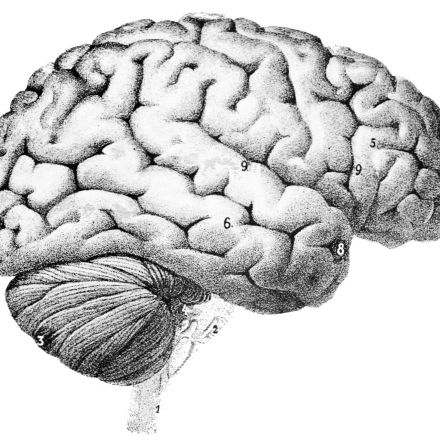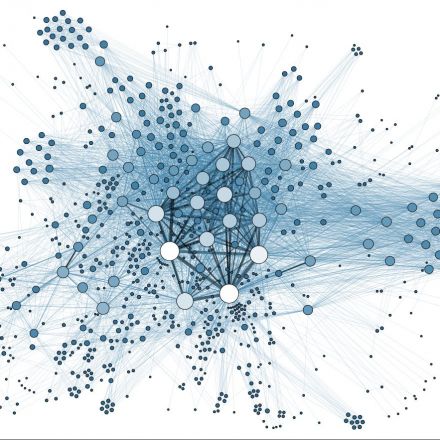

10 years ago
3
Your brain is like a wad of paper
Whether they're from humans, whales, or elephants, the brains of many mammals are covered with elaborate folds. Now, a new study shows that the degree of this folding follows a simple mathematical relationship—called a scaling law—that also explains the crumpling of paper.
Continue Reading


























Join the Discussion
Hey, I'm a new user here, so hello everyone :) I just have a quick question about something implied in the last paragraph.
If the study shows that the amount of folds is subject to a scaling law and that these folds increase surface area, wouldn't this imply that a smaller skull would result in more folds, thus a more complex brain?
As I understand it the whole mechanism itself depends on individual growth. When the cortex grows it demands more space. If faced with limited space it will start folding and crumpling. But then there has to be a reasonable balance between the growing cortex and the much slower growing cranium or else the cortex can only fold so much within that confined space. Key word is scaling. Think of it like putting your toys neatly into a box instead of dumping everything in. You make use of the space more effectively by trying to put the toys next to each together but ultimately you are still limited by the box size.
The opposite can also be said, a larger skull would allow more space for the brain to grow and an even larger surface area when folding occurs, assuming the same scaling applies.
To an extent, but then you're starting to impinge on total brain volume.
Also, welcome!